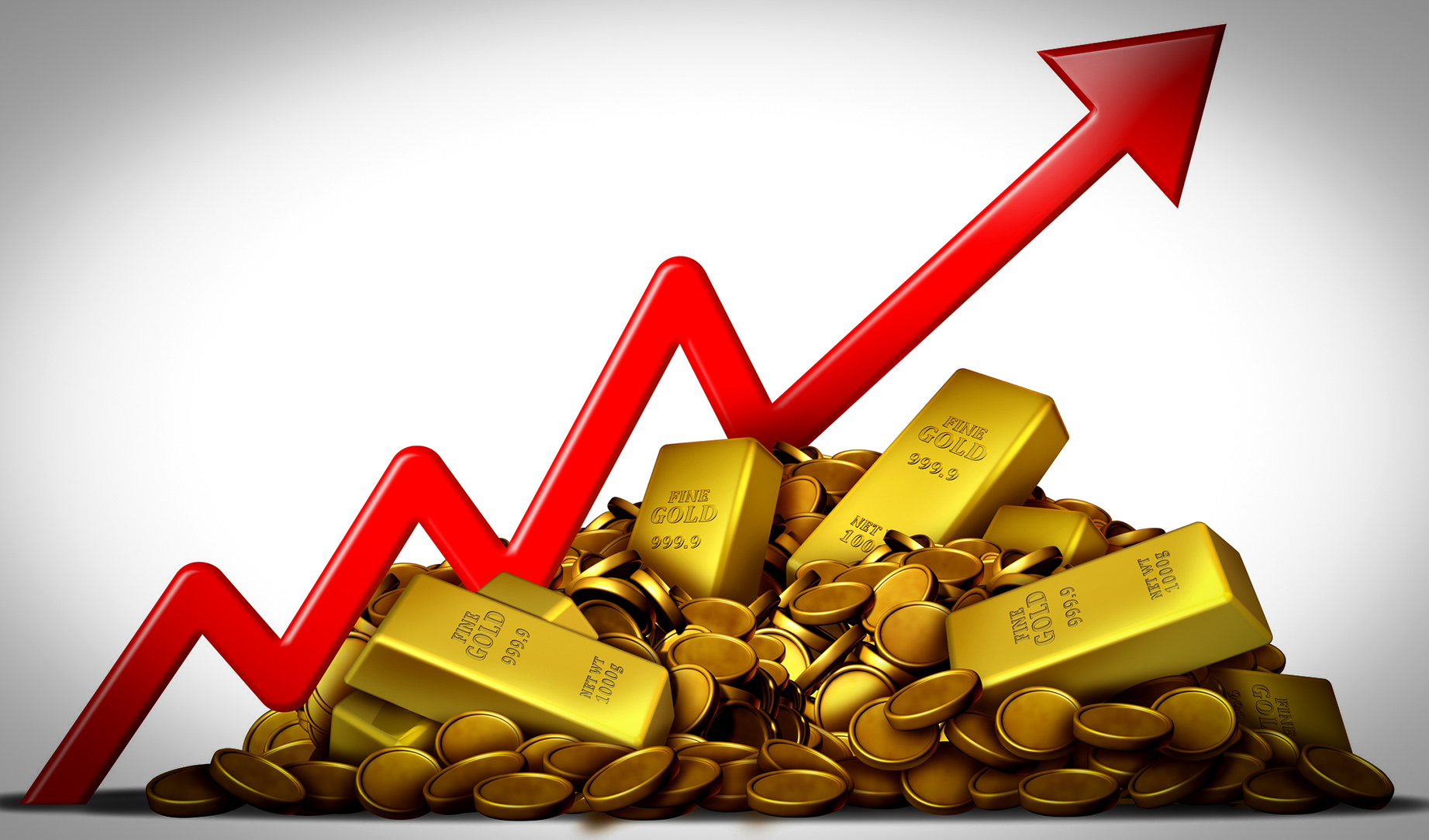The investor community typically does not follow the lead of central banks when it comes to asset allocation. But that has not been the case of late when it comes to gold.
The foundation of the precious metal’s record-shattering bull run was laid in 2021 when central banks began bulking up their gold reserves as an alternative to the US dollar. That year, according to the World Gold Council’s (WGC) annual Global Demand Trends report, central banks accumulated 463 tonnes of gold, 82% more than the 2020 total.
“Investment demand was mixed in an environment of opposing forces: high inflation competed with rising yields for investors’ attention,” the report pointedly noted.
Gold subsequently grabbed investors’ attention and investment joined central bank demand as a key driver of its performance.
In the WGC’s latest Global Demand Trends report for Q3 of 2025, investment was up 47% year-on-year to 527.2 tonnes in the quarter and it has been the largest category of demand for the past three consecutive quarters, overtaking jewellery fabrication which has slumped in the face of high prices.

“Investors remained firmly in the driving seat in Q3. Huge ETF buying (222 tonnes), accompanied by a fourth successive quarter of bar and coin demand above 300 tonnes fuelled the rise in overall demand,” the report says.
“Q3 was a record quarter for gold-backed ETFs. Global inflows reached $26-billion, eclipsing the previous quarterly record of $24-billion set in Q2 2020.”
It was another quarter of breathtaking records for the precious metal, with its price hitting 13 new all-time highs during the quarter for an average quarterly price of $3456.54/oz, up 40% year-on-year and 5% compared with the previous quarter.
And gold has since hit a new record high earlier this month of more than $4,380 an ounce.

One of the interesting things about this state of affairs is that equities have also been red hot with stock markets in the US and elsewhere, including South Africa, scaling record peaks.
Gold, because of its safe-haven status, does not always move in tandem with global equities markets. Among other things this is perhaps an indication that a relatively small pool of global investors has accumulated capital on such a scale that they have plenty of money to spend on a range of investment options.
Ed’s take
Gold’s run has exceeded most forecasts and its direction from here remains a tough call. If you can predict where markets are going, you probably own a nice yacht. But all indications suggest that central banks will remain on their buying spree, notably in emerging markets searching for an alternative to a US dollar that is losing its lustre. And the current “age of uncertainty” is a good underpin for gold. One thing that is certain is this is an interesting space to watch.
Gold’s performance this year has, in large part, been a reflection of the geopolitical and economic uncertainties and tensions unleashed by the second Trump administration with its scattershot tariff policies. But while there has been a rush into safe havens there has also been a scramble into equities, notably the AI space.
The precious metal's price has fallen from its most recent records reached earlier this month and is now back below $4,000 an ounce. A range of factors explain this, including the ceasefire in Gaza — gold often thrives on the froth of conflict.
But there is still plenty of uncertainty on the horizon — more than three more years of Trump — so gold is probably not forming a bubble that is about to pop.
Having said that, it remains elevated by historical standards and is still around double what it was fetching two years ago. That could suggest that a “correction” is looming beyond the recent dip.
This quarter has already seen new record highs for its price. It remains to be seen if investors will keep piling in. If there is a bubble forming, a lot of folks are going to feel the pain when it bursts. DM




 The gold price has more than doubled over the past two years as the precious metal continues its bull run. (Image: iStock)
The gold price has more than doubled over the past two years as the precious metal continues its bull run. (Image: iStock)